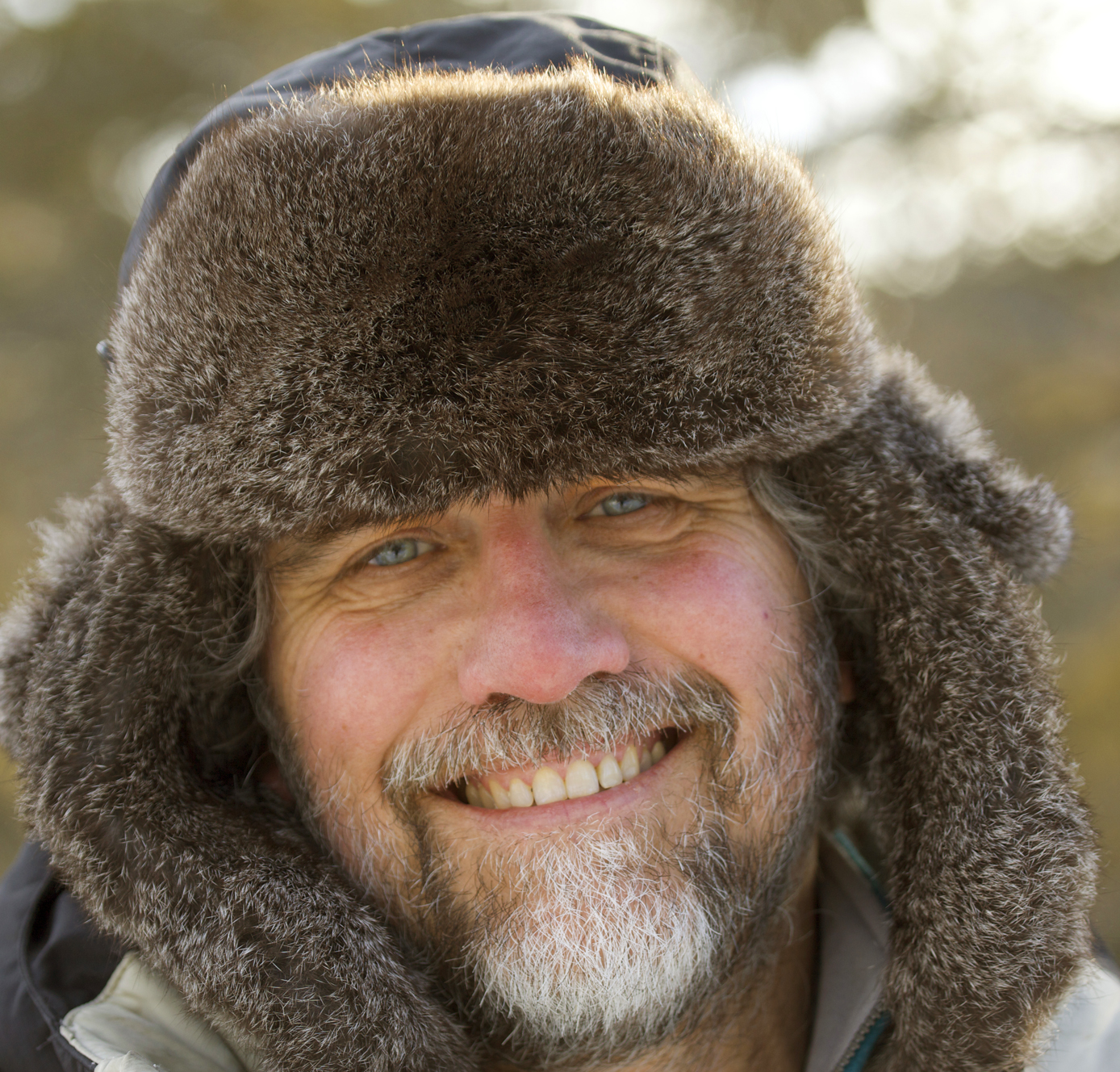Learning objective
- To understand the change and distribution of the global population.
Success criteria
- I can define global population distribution.
- I can describe
This content is for subscribers only. Join for access today.
National curriculum
Geography
Locational knowledge
‘Pupils should be taught
This content is for subscribers only. Join for access today.
Cross-curricular links
Mathematics
Statistics
‘Pupils should be taught to:
- interpret
This content is for subscribers only. Join for access today.
Before the lesson
This content is for subscribers only. Join for access today.
Lesson plan
Recap and recall
Before starting this unit you might want to check that children can recall: The definition of population is the number of people living in a particular place. What might influence where people live including weather, landscape, access to amenities, housing, schools, and jobs. Which countries have a high population (answers may include India, China and…
This content is for subscribers only. Join for access today.
Extended-mode explainer videos
How to extend your display to view the lesson page and preseantion mode simultaneously. Choose your operating system below to watch the video
If you need further support with extending your display,
please contact [email protected].
Extended-mode explainer video: For Mac
Extended-mode explainer video: For Windows
Adaptive teaching
Pupils needing extra support
Should work in an adult-supported group to complete the line graph in the Activity: Global population (supported).
Pupils working at greater depth
Should justify their reasoning when describing the global population over time.
This content is for subscribers only. Join for access today.
Assessing progress and understanding
Pupils with secure understanding indicated by: listing where the most densely and
This content is for subscribers only. Join for access today.
Vocabulary definitions
-
population
The number of people living in a particular place.
-
densely populated
An area that contains many people relative to its size.
This content is for subscribers only. Join for access today.
In this unit
Assessment - Geography Y6: Why does population change?
Lesson 1: How is the global population changing?
Lesson 2: What are birth and death rates?
Lesson 3: Why do people migrate?
Lesson 4: How is climate change impacting the population?
Lesson 5: How is population impacting our environment?: Data collection
Lesson 6: How is population impacting our environment?: Findings
Contributors

